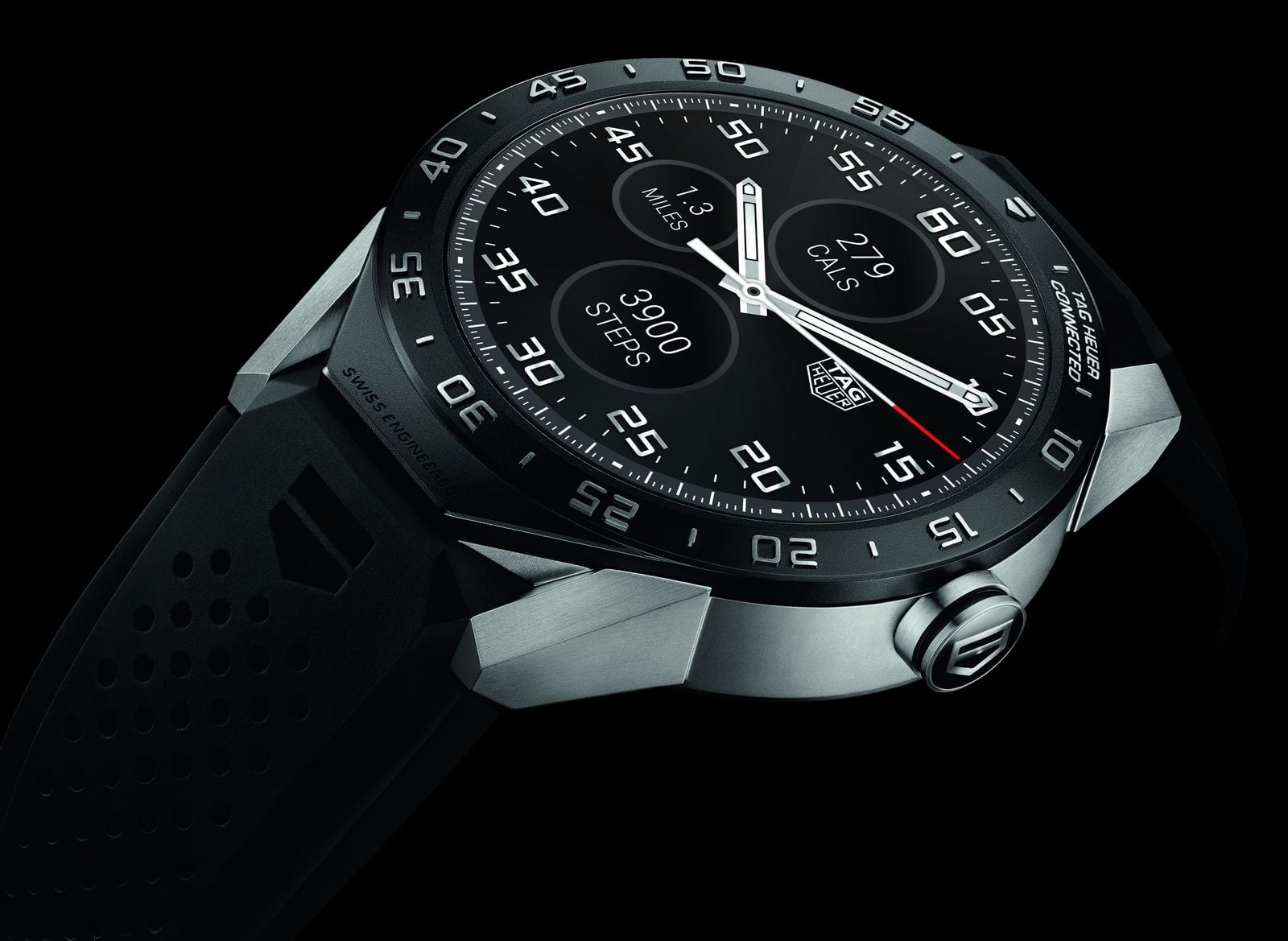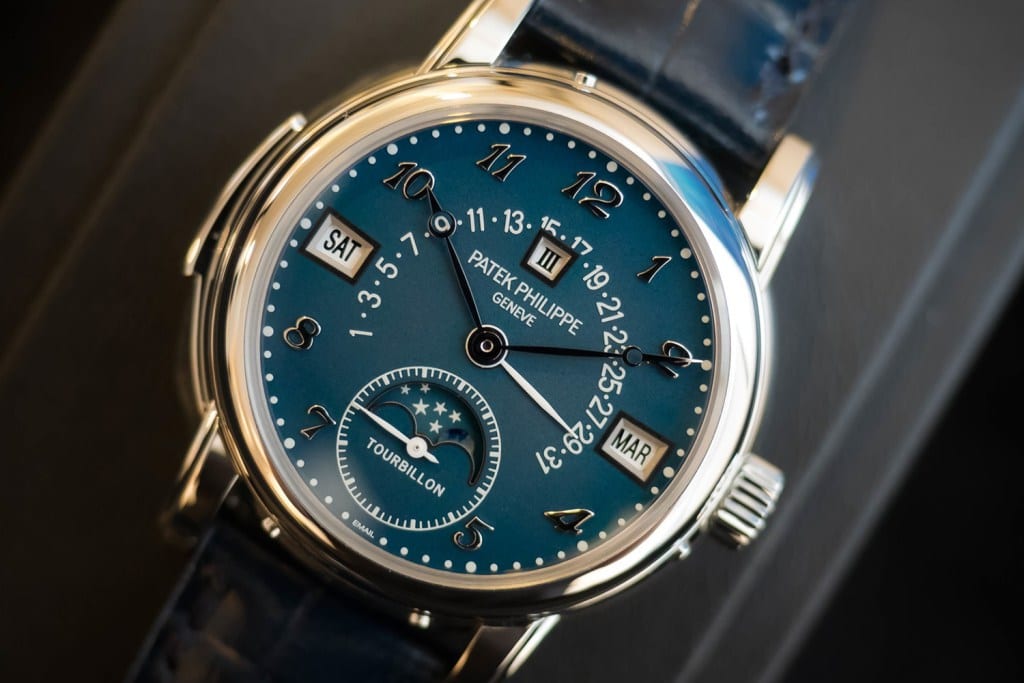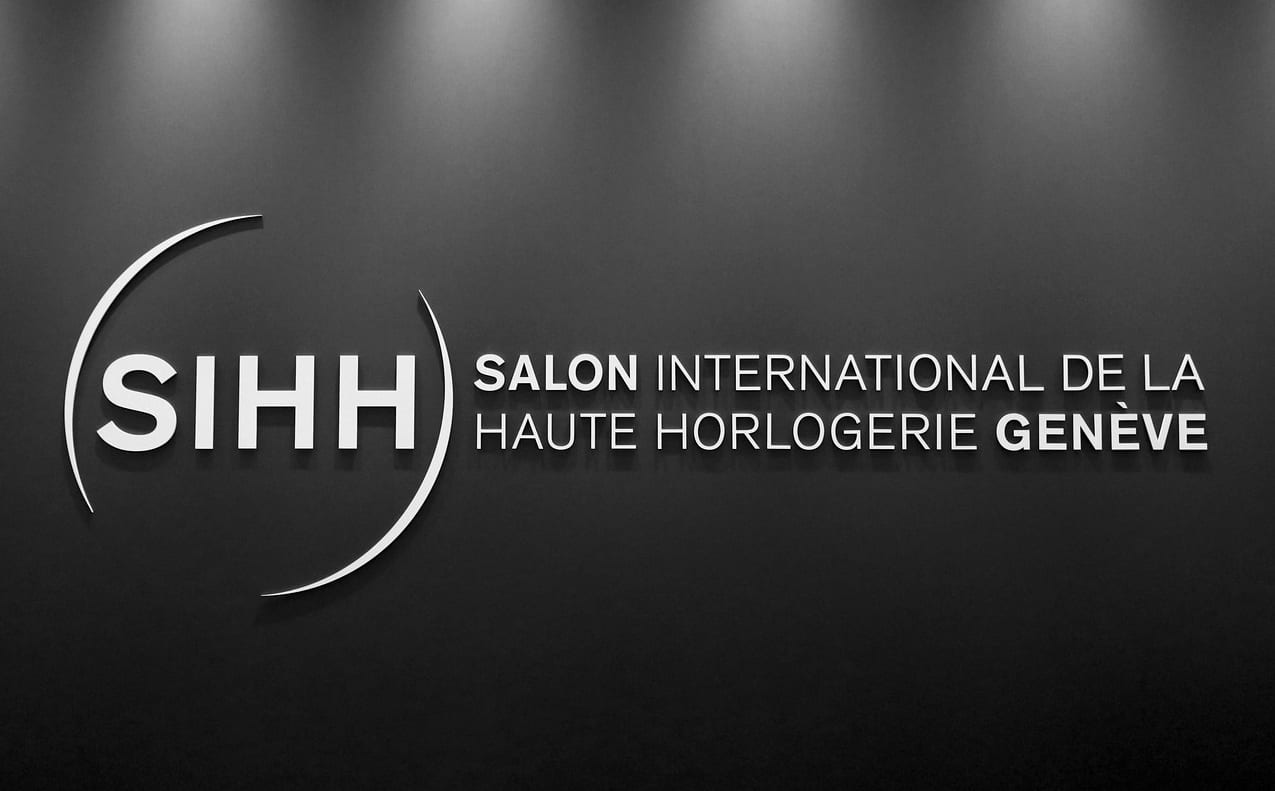The “Normalization” of the Watch Industry
For the past several years the watch industry has been shifting. Many people have contributed the fluctuation to advancements in technology and changes in cultural preferences, such as the prevalence of smartphones. Other individuals have interpreted this shift to mean there is decline in the interest in wristwatches, plain and simple, but there are other factors at play.
At the turn of the century, the watch industry began experiencing massive growth, “fueled by the demand of the Chinese, who have accounted for as much as half of spending on Swiss watches,” based on Citigroup estimates. Now, with the instability of the Swiss Franc in addition to China’s GDP growth slowing, “the industry has been in retreat,” according to Bloomberg. The reality is, Swiss watch exports couldn’t grow exponentially forever. “What we’re seeing is normalization,” says Rene Weber of Bank Vontobel AG.
The Future of the (Smart) Watch Industry
Although changes in technology and culture are not the sole factors contributing to shifts in the watch world, both of these elements play an important role in the future of the industry. 2015 became the year of the smartwatch, from Apple’s release in mid-April to TAG Heuer’s release in early November. Heading into the New Year, it appears as though smartwatches are here to stay. Trulia believes the technology is moving from “nice to have” to “need to have.” Overall, smartwatch sales are predicted to become more prolific in in the New Year due to more widespread consumer adoption. Information Week expects total smartwatch ownership in America to reach as high as 9% of the adult population in 2016.
So, what does this mean for the watch industry? While some fear that smartwatches will be the death of watchmaking as we know it, others think that the technology is actually helping the watch industry. Stephen Pulvirent of Bloomberg Pursuits believes that the more we can get people thinking about and talking about what’s on their wrists, the better it is for the industry as a whole. It will be interesting to witness the evolution of this technology and its impact on the watch industry this year. Stay tuned for the Apple Watch 2, which is predicted to launch in March of this year in conjunction with Baselworld, as well as the next smartwatch offerings from TAG Heuer.
The Customer May be the King, but TAG Heuer is the Queen
TAG Heuer is already claiming its place in watchmaking history, and they’re just getting started. In 2015, TAG did more than just create a smart watch. According to CEO Jean-Claude Biver in an interview with Ariel Adams of A Blog to Watch, the brand underwent a complete “cultural change” in an effort to “reconnect the brand to the values Jack Heuer had developed” and “focus more on the young generation.” The brand restructured nearly every facet, from the dial, case, and movement factories to the Quality and After Sales Departments, in addition to changing the Distribution Policy and the brand’s ambassador and sponsoring concept. Now, “the customer is the King, and the product is the Queen,” says Biver.

Image courtesy of TechBuzz Ireland.
This evolution culminated in the launch of Carrera Connected in November 2015. TAG’s first smart watch reflects the culture, fashion, attitude, and needs of a new generation of watch buyers and collectors. However, even though the Carrera Connected was created with young buyers in mind, the brand was surprised to discover “a 35-year-old average age of buyers.” As for the future of TAG and watch technology in 2016, Biver optimistically backs the connected watch and believes it “can take major and important market shares” in the New Year. Overall, the outlook for the watch industry in 2016 is promising – “demand is high and consumers are still buying in high quantities,” and the key for brands is to modernize and take “more dramatic steps to fix antiquated distribution channels,” says Biver. TAG will begin offering online sales of the Carrera Connected in May or June of this year, and the brand will expand its connected collection in 2017, Biver tells Digital Trends.
The Focus of the New Year: Ladies Timepieces, the Vintage Market, and Securing Key Partnerships
Outside the realm of technology, the wheels of the traditional watch world are still turning. Not even a tech-powerhouse like Apple can bring down hundreds of years of artistry and heritage! The focus of the New Year is not solely on smartwatches, it’s also on ladies timepieces, the vintage watch market, and securing key brand partnerships.
World Tempus is calling 2016 the “Year of the Lady.” Roger Dubuis will be opening a stand that is entirely devoted to women and their timepieces at the SIHH, and DeWitt has promised to offer some new complications for ladies. Given that the watch market is typically driven and dominated by men’s timepieces, it’s nice to see the industry is getting a bit of a woman’s touch in the New Year.
The vintage watch market has always been a bit unpredictable, and last year was no exception. 2015 marked a particularly significant year in vintage watch sales. The most notable is the Patek Philippe 5016A timepiece that shattered records and became the most expensive wristwatch ever sold at auction when it was purchased for $7.3 million. Pulvirent believes this monumental sale, among others, signifies a steady rise in the vintage watch market that will continue into 2016.

Image courtesy of Hypebeast.
With the ever-changing trajectory of the watch industry, securing key brand partnerships is becoming vital for gaining exposure and locking a place in the market. With TAG Heuer’s restructured brand ambassador and sponsoring concept, they were able to obtain new partnerships with the German Bundesliga and the Austrian Red Bull Racing Formula 1 Team in addition to the Patrouille des Glaciers, an international ski mountaineering race held every two years by the Swiss army. TAG will serve as the official timekeeper for the next race, which takes place in April 2016. The brand has created a special watch for the occasion, the TAG Heuer Formula 1 Edition Speciale Patrouille de Glaciers, available in March 2016 in 200 limited edition pieces.
TAG is not the only brand touting prominent partnerships. Performance Racing Industry reports that Rolex and Tudor have both extended their established partnerships with the International Motor Sports Association (IMSA) for the next ten years, beginning in 2016. Tissot has gained a partnership with the NBA, WNBA, and NBA Development League. According to Women’s Wear Daily, the brand is set to implement state of the art integrated timing systems that include shot clocks, which will be installed in all 29 NBA arenas beginning with the 2016/2017 NBA season. Finally, Omega has secured the coveted partnership with the 2016 Olympic Games in Rio de Janeiro.
The Bold Move Made by the SIHH that’s Overshadowing Baselworld

Image courtesy of Professionalwatches.com.
Out with the old and in with the new! The SIHH is making big moves for the upcoming trade show this month. They’ve added nine new luxury watch makers to the roster. In the past, adding and eliminating brands from the event has been a slow process, which is part of what makes the addition of nine new brands so significant. However, the other notable detail about these small but important independent watch companies is that they are not part of the Richemont Group, who owns a majority of the watch brands that typically exhibit. For years, many of these smaller brands have exhibited on their own in Geneva during the SIHH trade show in order to take advantage of the buyers and media who flock to the area. Now, SIHH organizers have decided to include a select few in the event by creating an “exhibition within the exhibition” called the “Carre des Horlogers,” which means the “square of watchmakers.” Each of the nine newcomers – Christophe Claret, De Bethune, H. Moser & Cie, Hautelence, HYT, Kari Voutilainen, Laurent Ferrier, MB&F, and Urwerk – will have a designated exhibitor booth in a large, single room.
The Key Challenges for 2016
The fate of the watch industry as we know it remains somewhat uncertain heading into 2016. While there is a lot of exciting growth and change on the horizon, there continue to be some obstacles ahead. Based on a Bloomberg report, there are three key areas that present challenges to the industry in 2016: the persisting economic downturn in China, the fluctuation of the Swiss Franc, and the uncertainty of how smartwatches will impact the watch world long-term. According to Berenberg, what we may see as a result of a shifting market is consolidation, smaller brands being bought by larger ones. Ultimately, only time will tell what’s in store for the watch world, but for now, the industry isn’t going anywhere but up.
Get More Articles Like This in Your Inbox
We're constantly creating great content like this. So, why not get it delivered directly to your inbox? By subscribing you agree to our Privacy Policy but you can unsubscribe at any time.








Sell Your Home | February 1, 2020
|
great article
hennry | March 16, 2018
|
The vintage watch market has always been a bit unpredictable, and last year was no exception. BECause this watch is so amazing and wonderful feature are given on this watch is watch is AFFORDABLE luxury watch